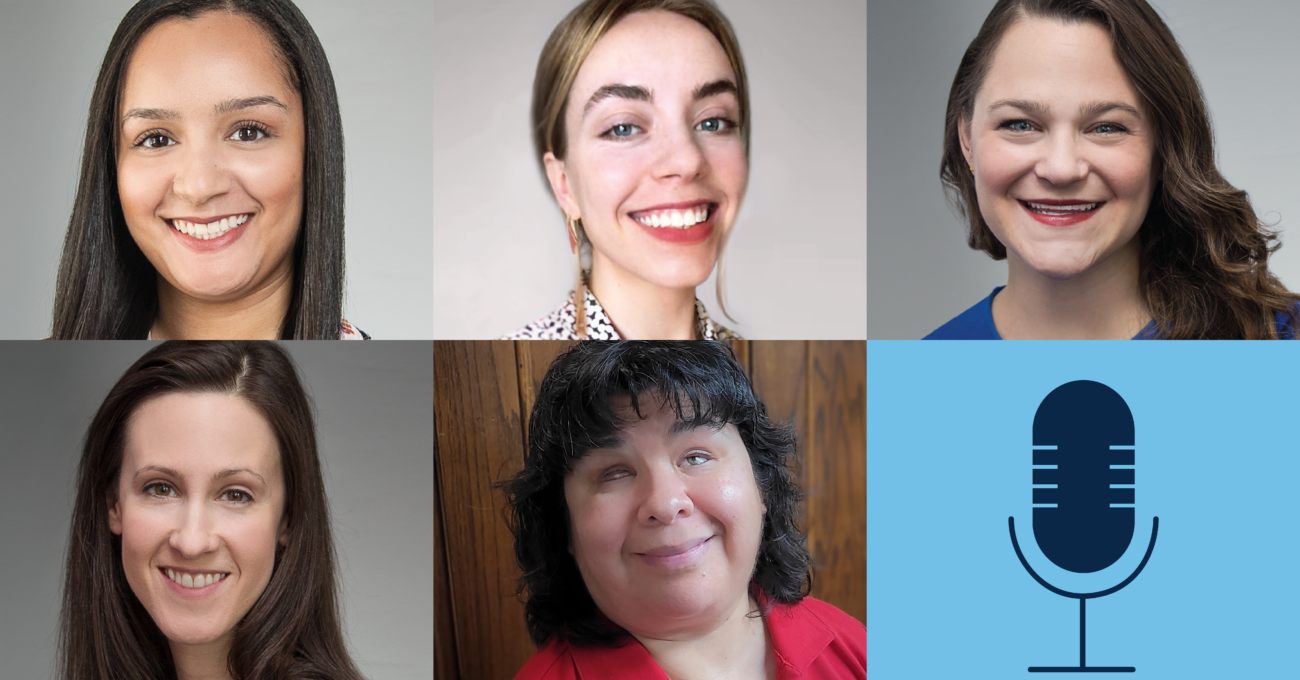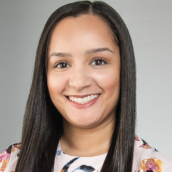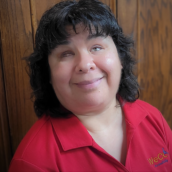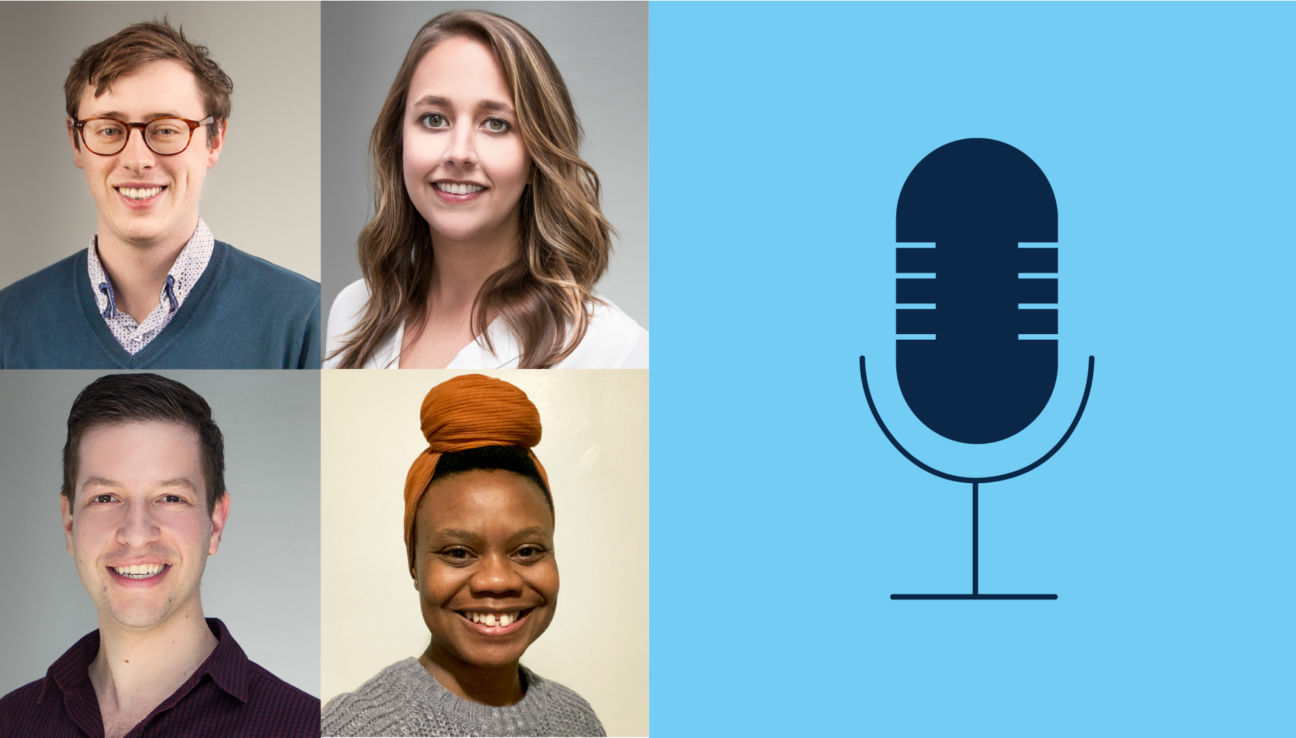
The changing digital landscape might present challenges, but it also presents a great opportunity to reassess and refocus as we head into a new era of digital marketing.
At CI, we pinpointed five key areas that will set arts and cultural institutions up for success in 2024. Catch up on the first two priorities in Part One, then delve into the final three priorities in today’s episode. You’ll get insights and tips from CI consultants so you can confidently navigate the changing digital landscape, drive results for your organization, and refocus as we head into a new era of digital marketing.








